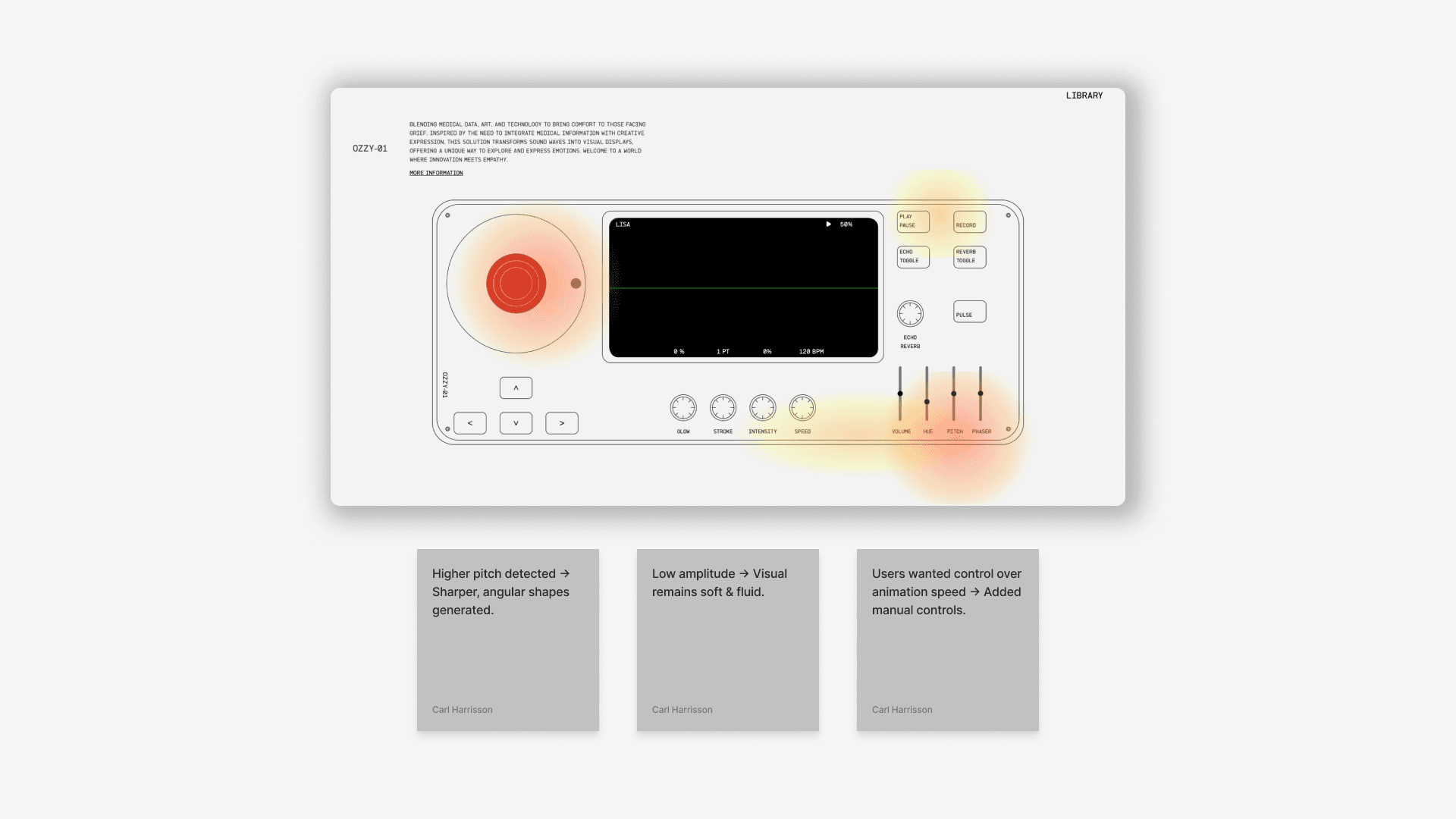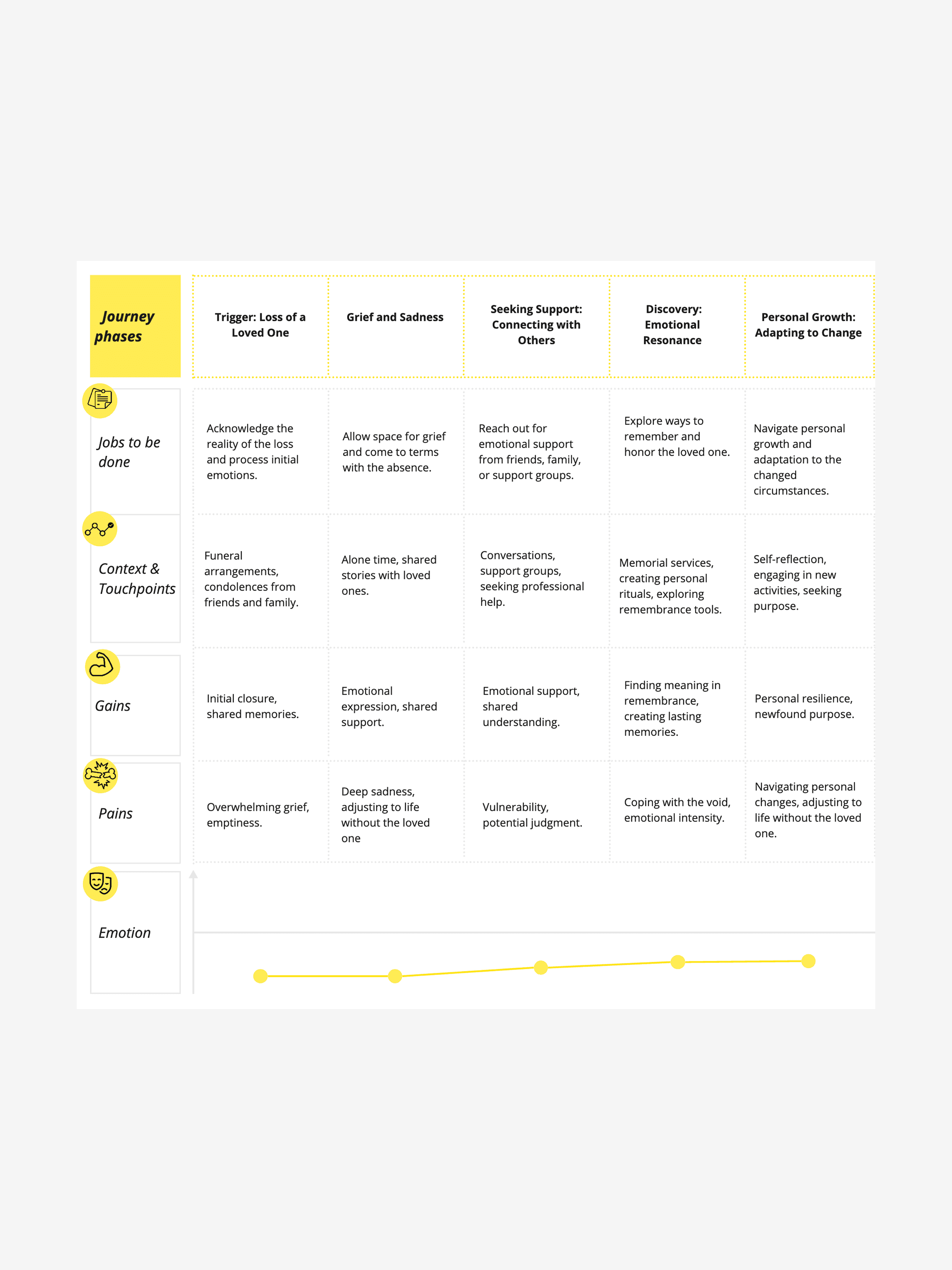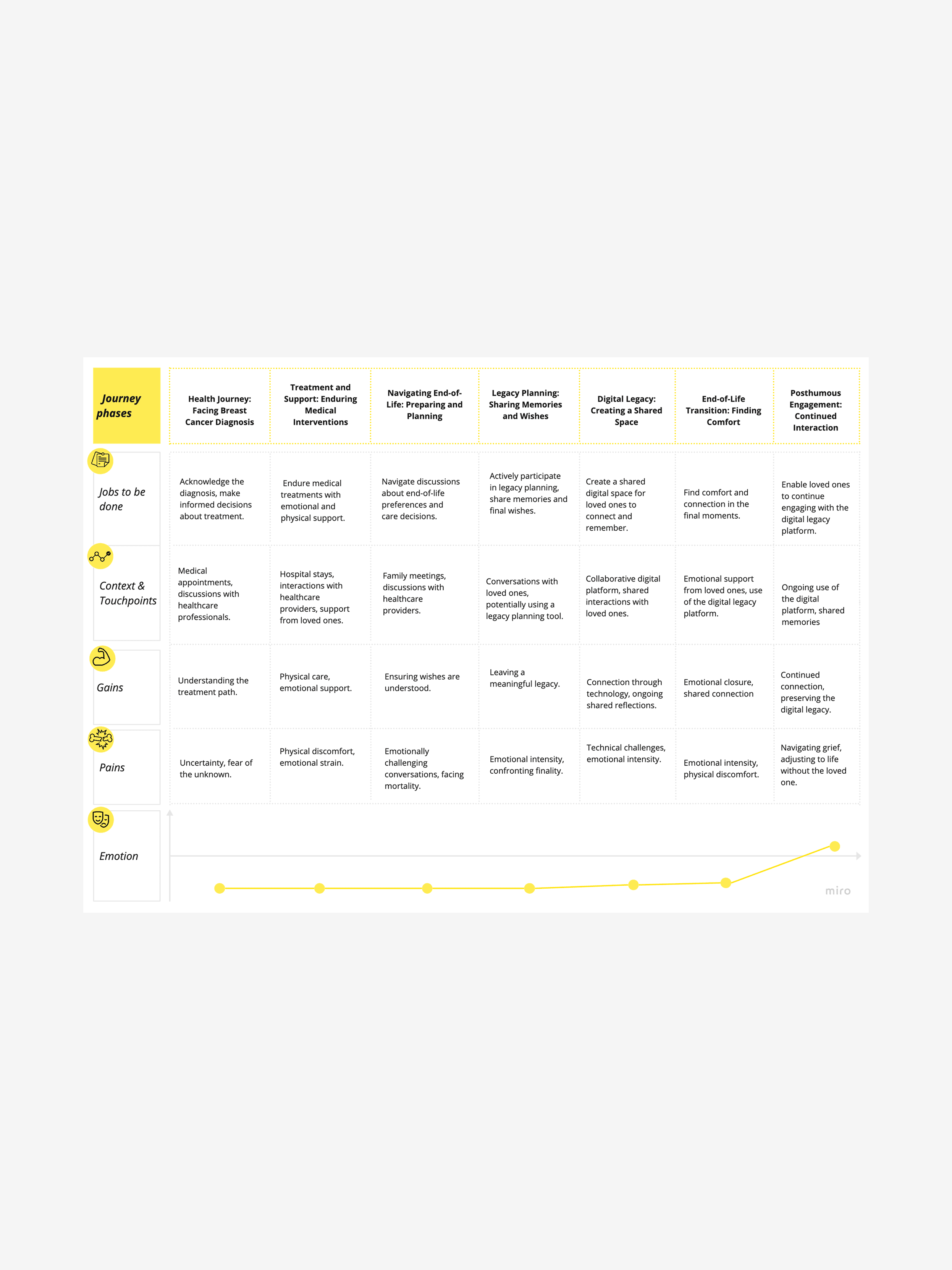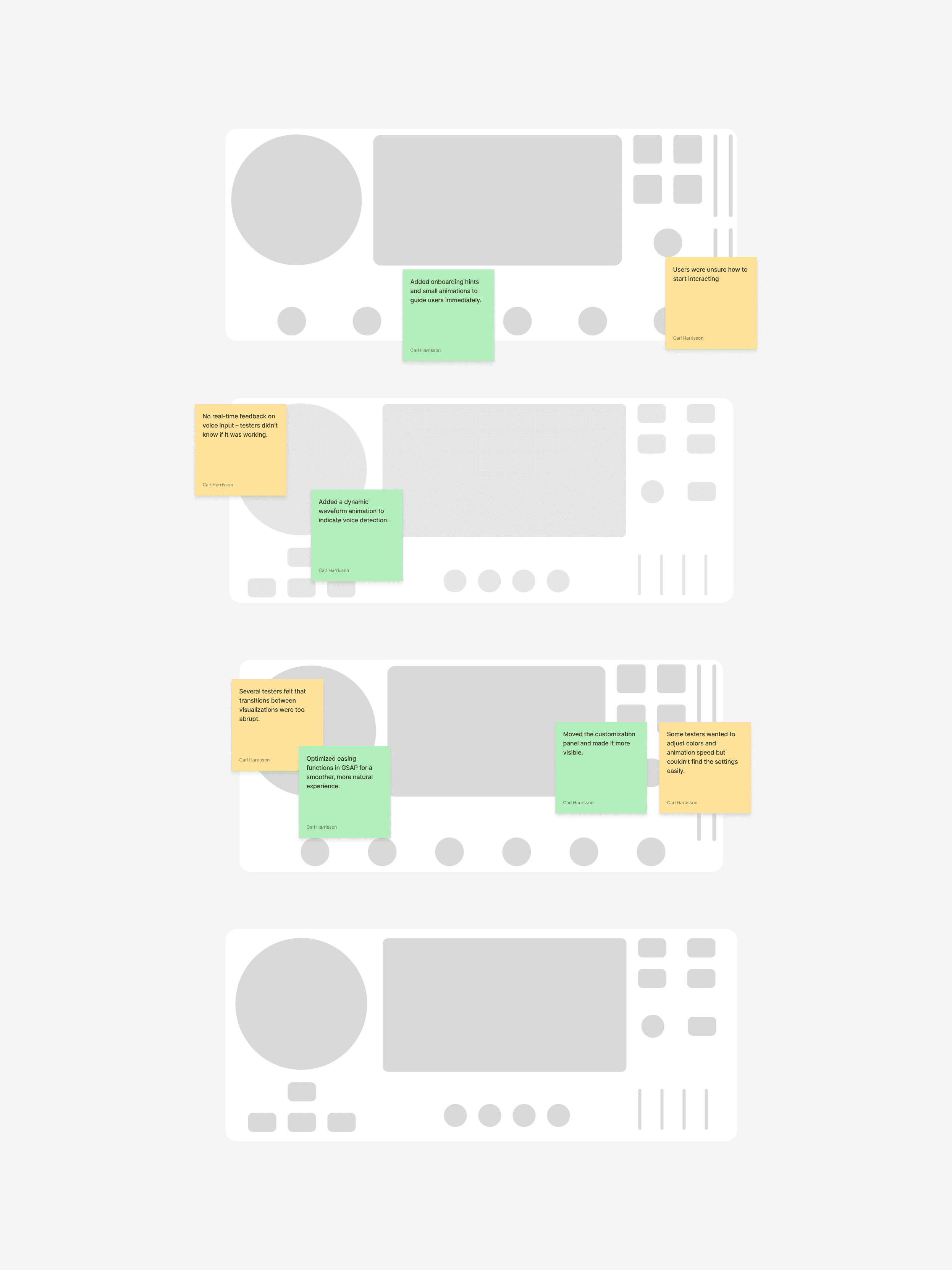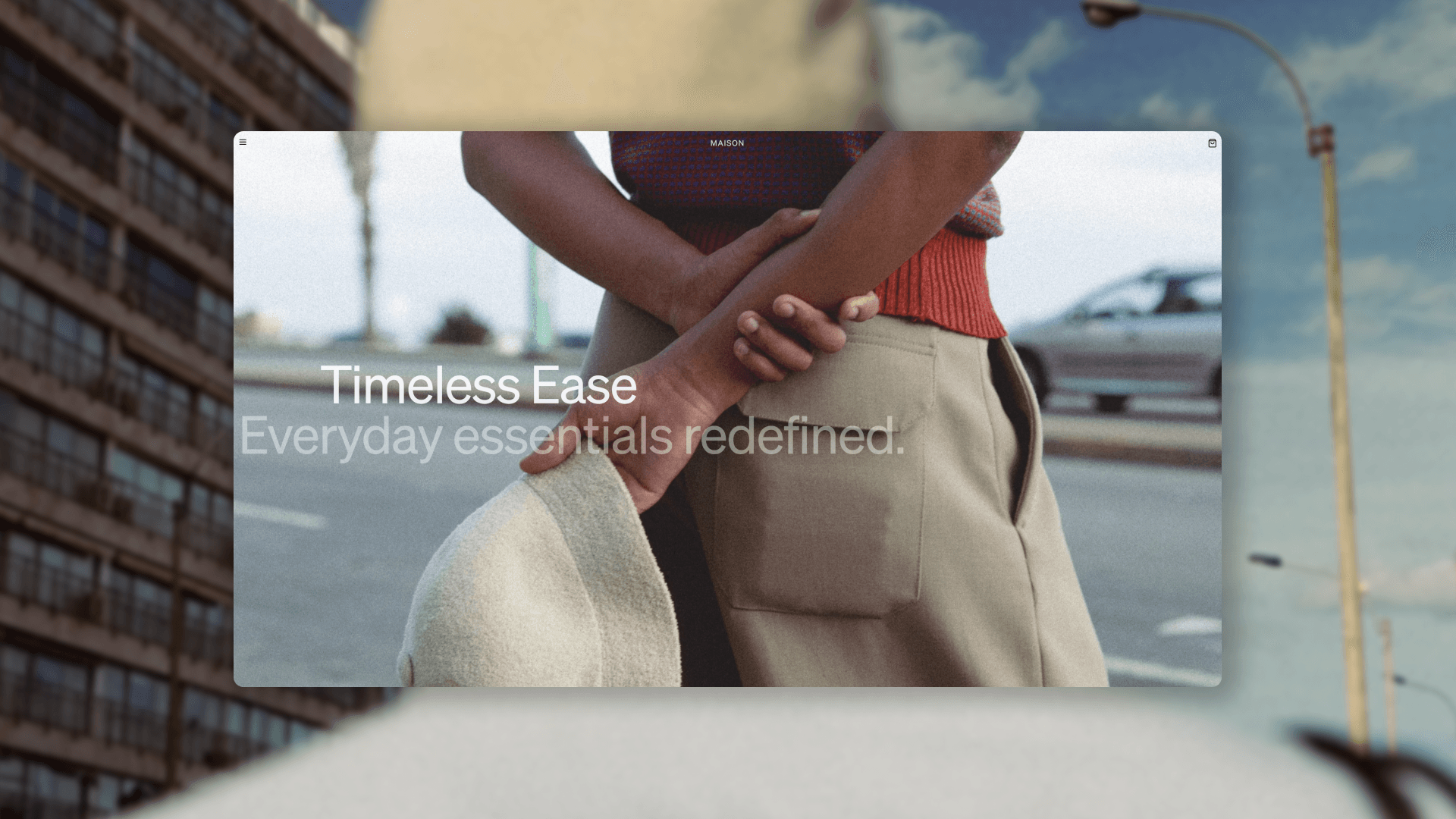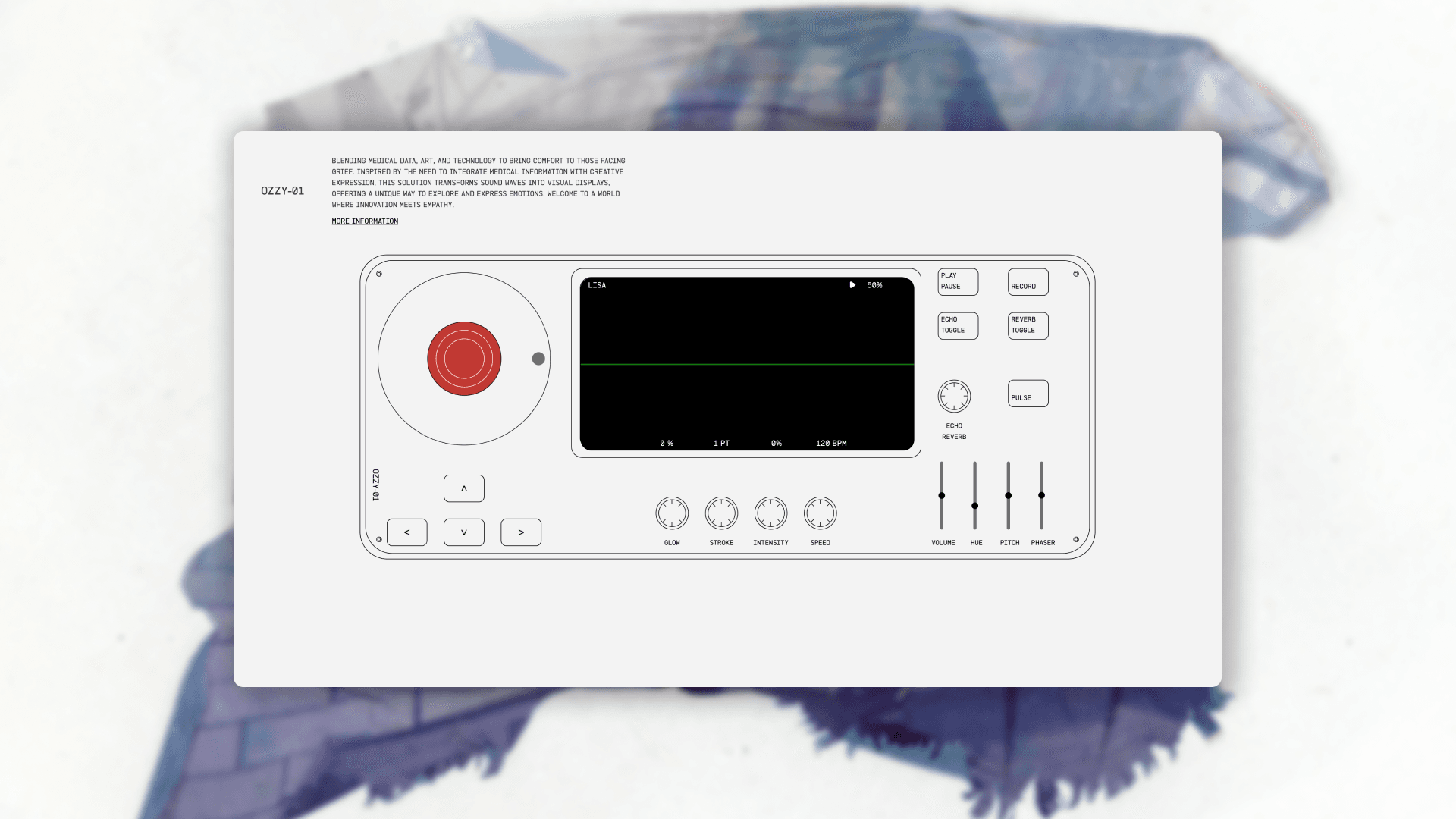
Ozzy-O1
2024
Client
Self-initiated project
Industry
Digital Experience & Interactive Media
Duration
3 months
Role
Designer and Developer
Services
UI/UX Design
Creative Coding
Frontend Development
Technologies
Next.js
GSAP
Figma
Overview
Traditional digital experiences lack personal emotional resonance. Ozzy-O1 bridges this gap by creating generative visuals from voice input, allowing users to interact with memories.
A visual representation of a voice recording transformed into generative patterns, capturing the emotional essence of sound.
Context
Built using Next.js and GSAP, Ozzy-O1 transforms voice recordings into dynamic visuals, offering an interactive way to engage with emotions and past experiences.
Research & Insights
Methodology
User Interviews
Conducted in-depth interviews to understand how users engage with digital memory experiences.
Usability Testing
Tested different animation flows and interaction models to improve engagement and ease of use.
Comparative Analysis
Reviewed existing digital memorialization tools to identify gaps and opportunities for improvement.
Technical Feasibility Study
Explored different WebGL and GSAP techniques for rendering smooth, interactive generative visuals in real time.
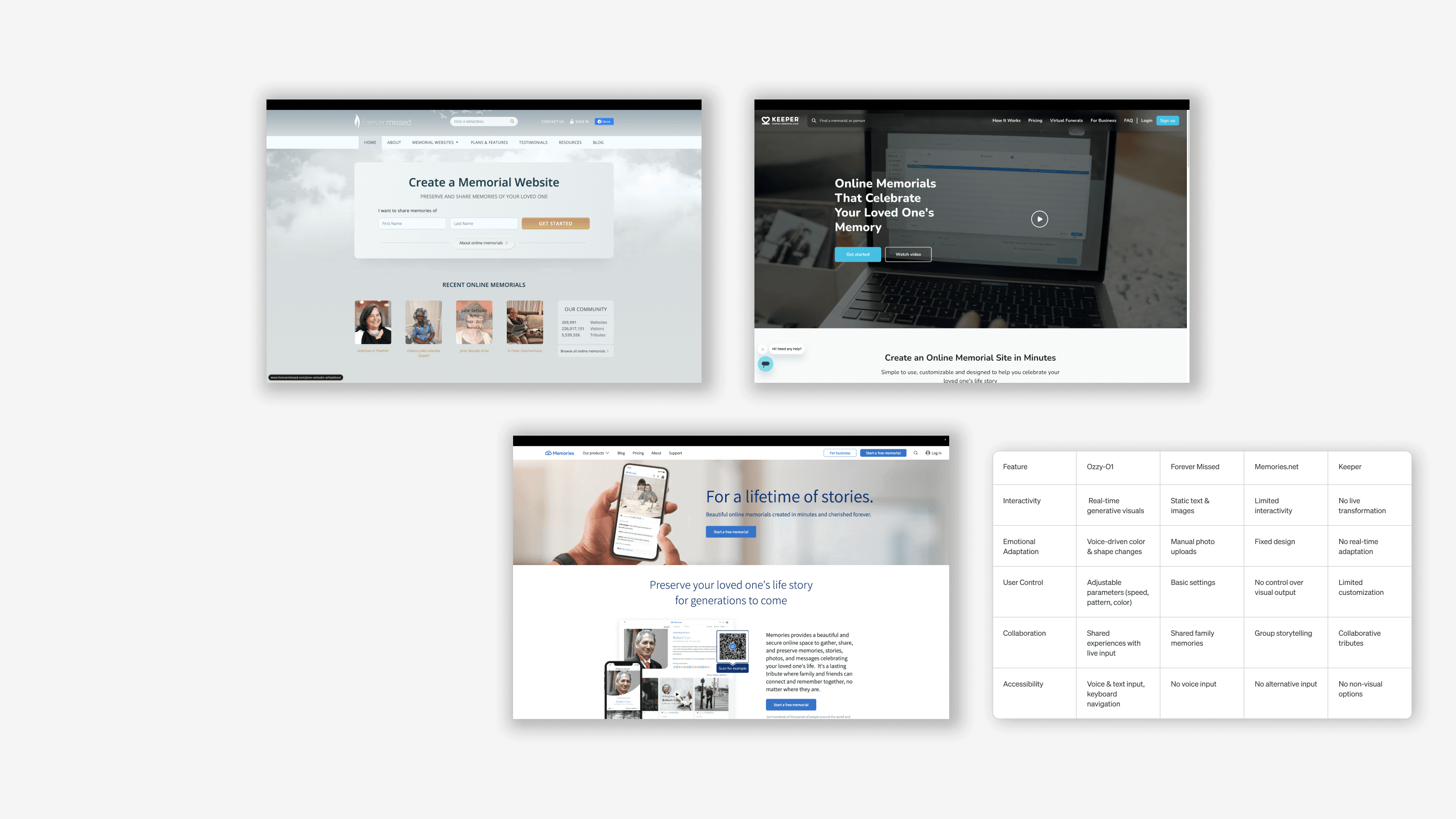
Comparative analysis breakdown.
Key Findings
Interactive Engagement
Users responded positively to the ability to see real-time generative visuals adapting to voice input.
Emotional Connection
The ability to engage with memories in a non-static format helped users feel more connected to past moments.
Performance Considerations
High-performance rendering was crucial for maintaining smooth interactions, especially on lower-powered devices.
Accessibility & Inclusivity
Users appreciated the need for alternative interaction methods, including text-based input and keyboard navigation.
Testing & Iteration

User testing Ozzy-O1’s generative visuals for interaction and responsiveness
Usability Testing [20/20]
Conducted comprehensive usability testing with 20 participants across different user roles.
Key Findings
The animations are engaging, but some transitions felt too abrupt.
The customization options were well-received, but users wanted more control over the visual output.
The onboarding process needed more guidance to help users understand the interaction model.
Voice input detection worked well, but users wanted an option to upload pre-recorded audio files.
Refinements
Smoothed animation transitions using GSAP for better flow.
Added user-adjustable parameters for visual effects.
Improved onboarding with step-by-step instructions and visual cues.
Implemented audio file upload functionality for greater accessibility.
Process
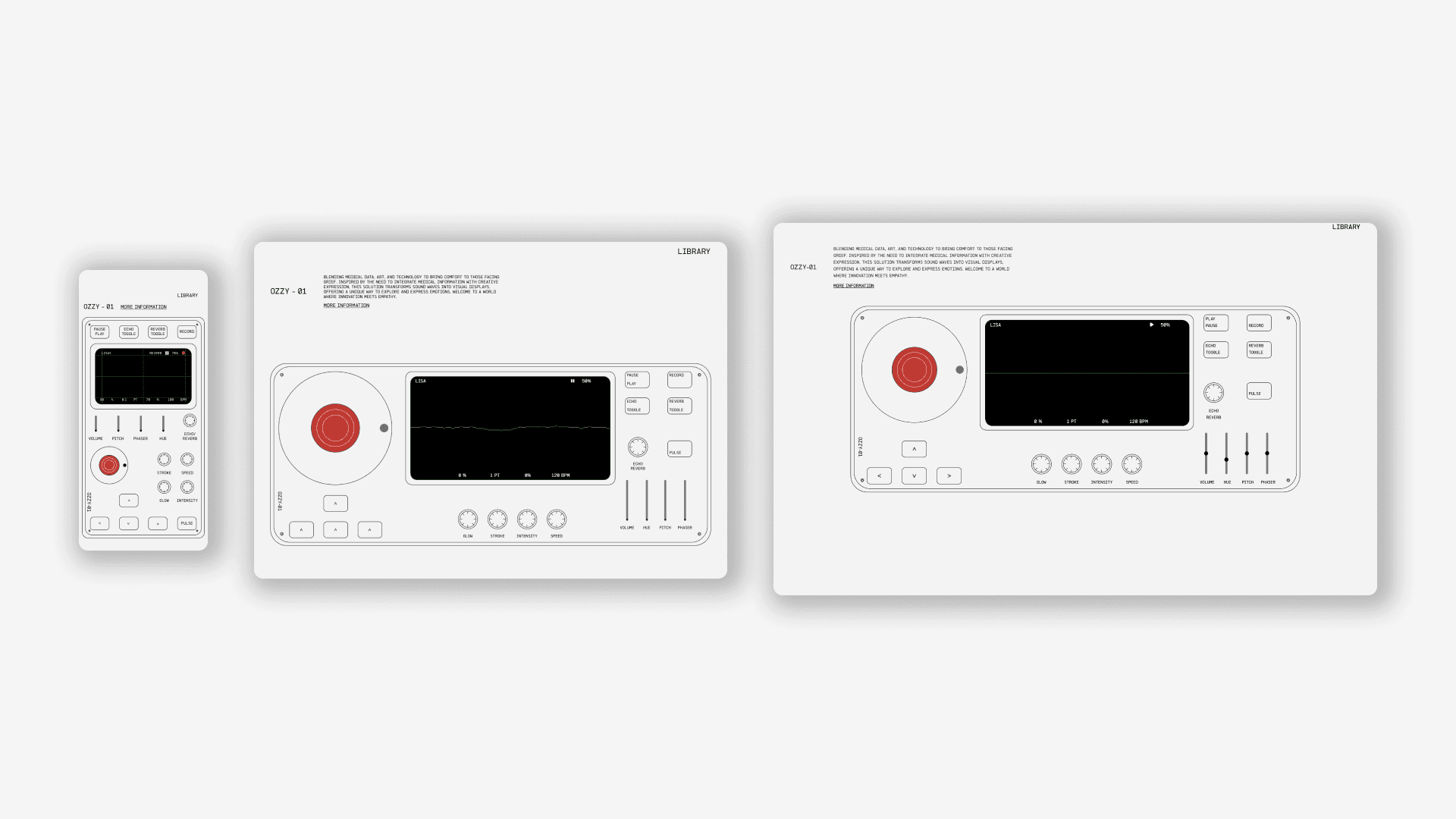
Development: Ensuring seamless performance across desktop, tablet, and mobile.
Results
Stronger User Engagement
80% of testers found the interactive visual experience more engaging than traditional digital memory archives.
Performance Optimization
Optimized rendering improved animation smoothness by 35%, enhancing real-time feedback.
Improved Usability
Users found the final onboarding experience intuitive and easy to follow.
Lessons Learned
Next Steps
Expanded Customization
Introduce additional controls for users to personalize the generated visuals, such as color schemes, animation speed, and pattern complexity.
Enhanced Performance
Further optimize rendering efficiency to improve interaction speed, especially on lower-powered mobile devices.
Accessibility Improvements
Improve keyboard navigation, screen reader support, and text-based interaction options for a wider range of users.
Audio Input Expansion
Support additional audio formats and introduce waveform analysis to create more diverse generative patterns.
